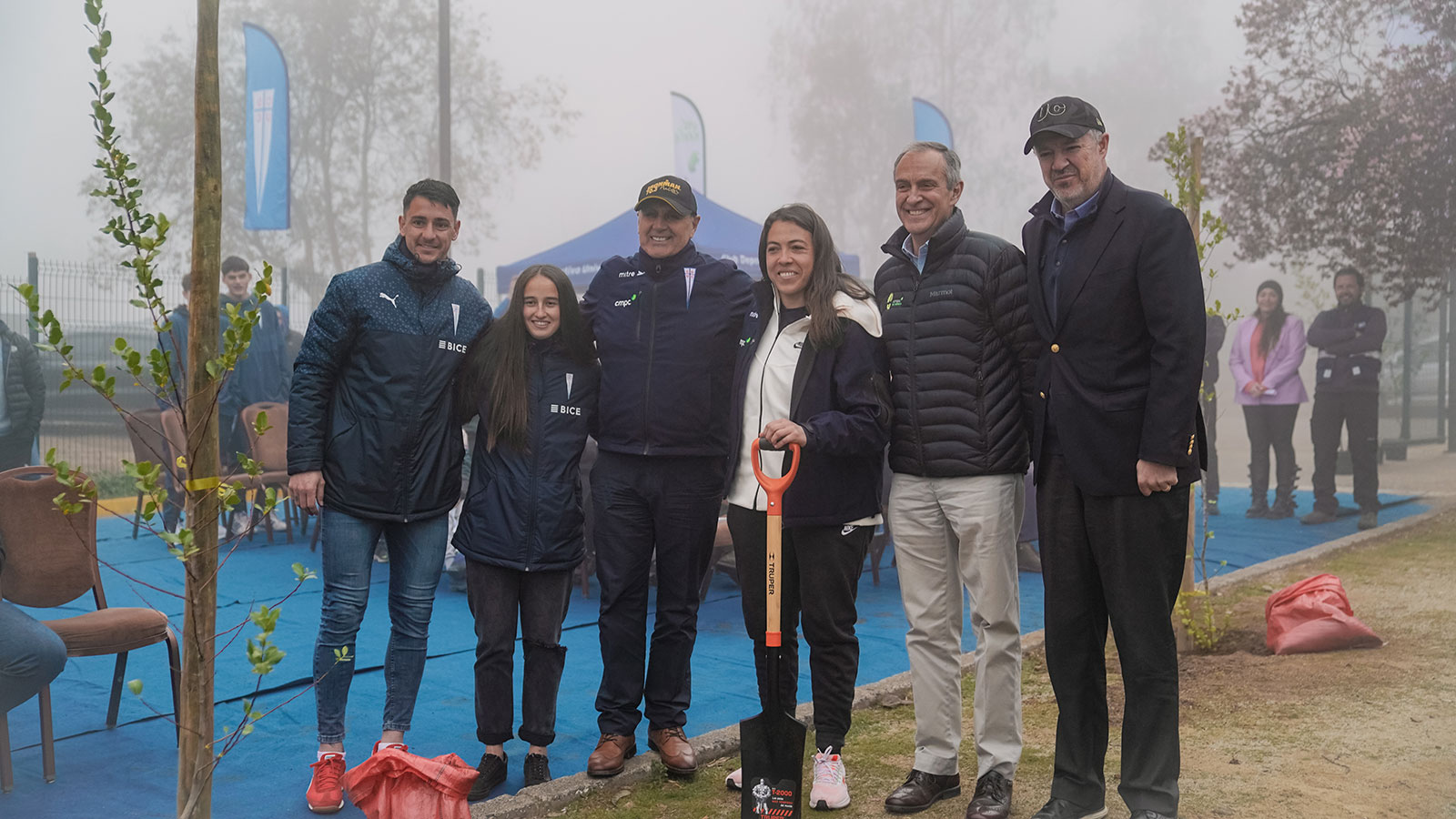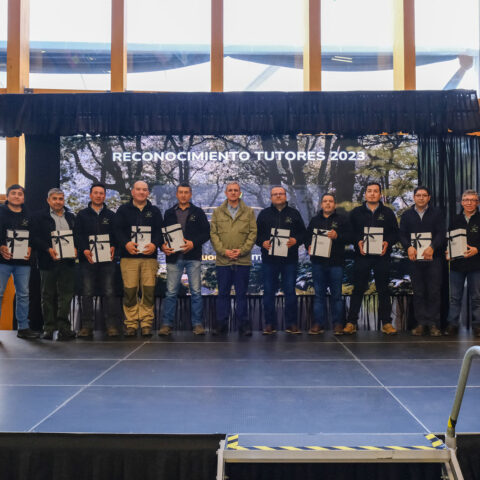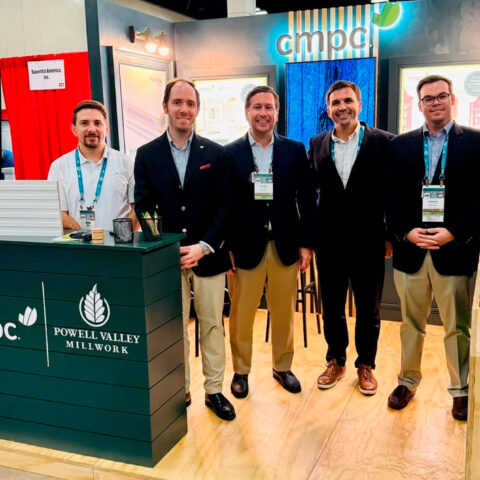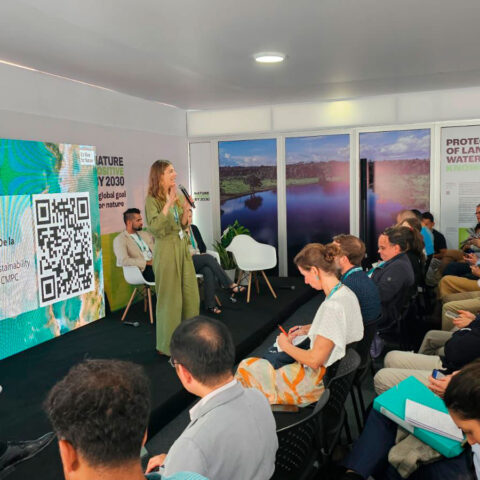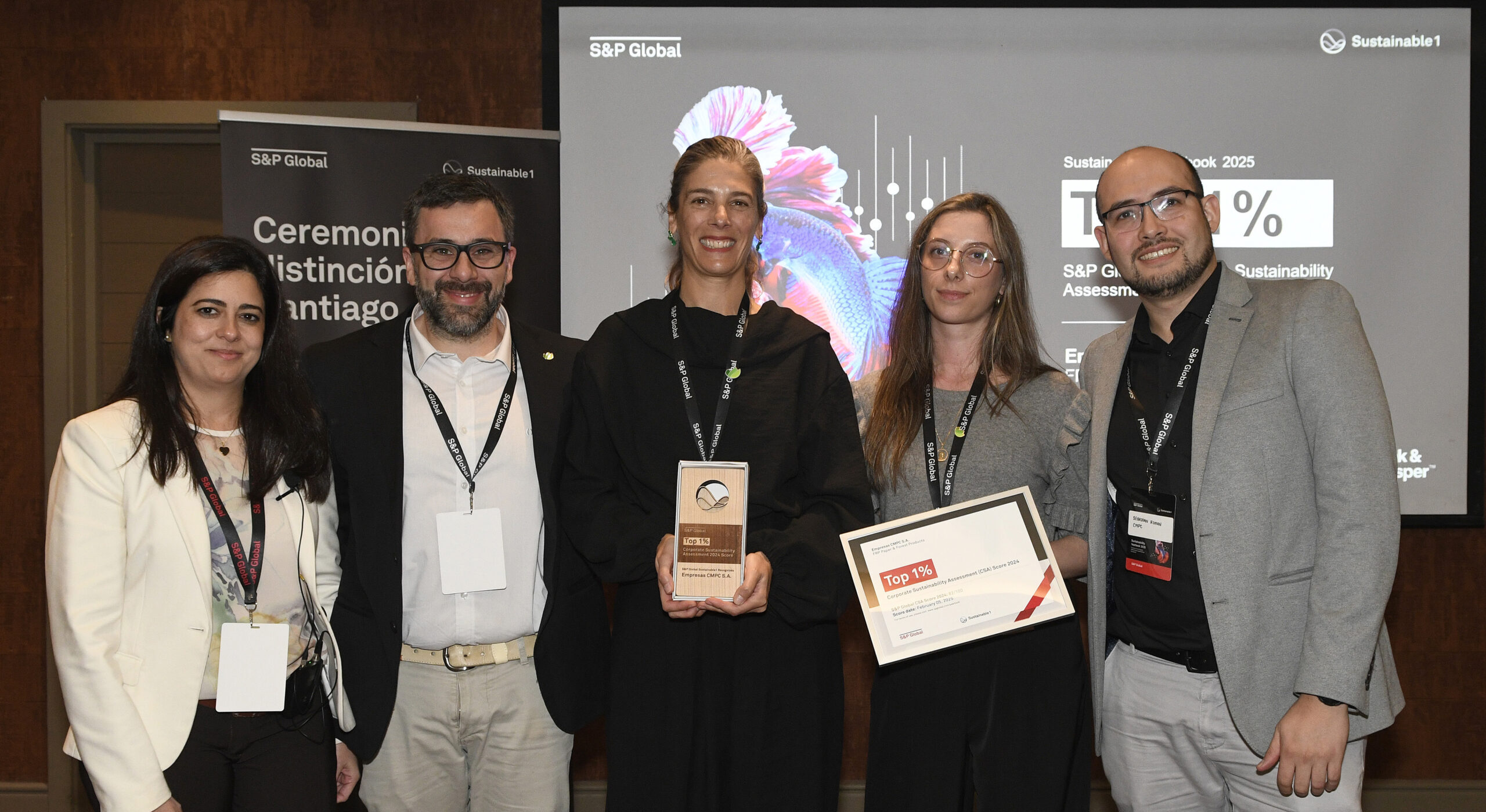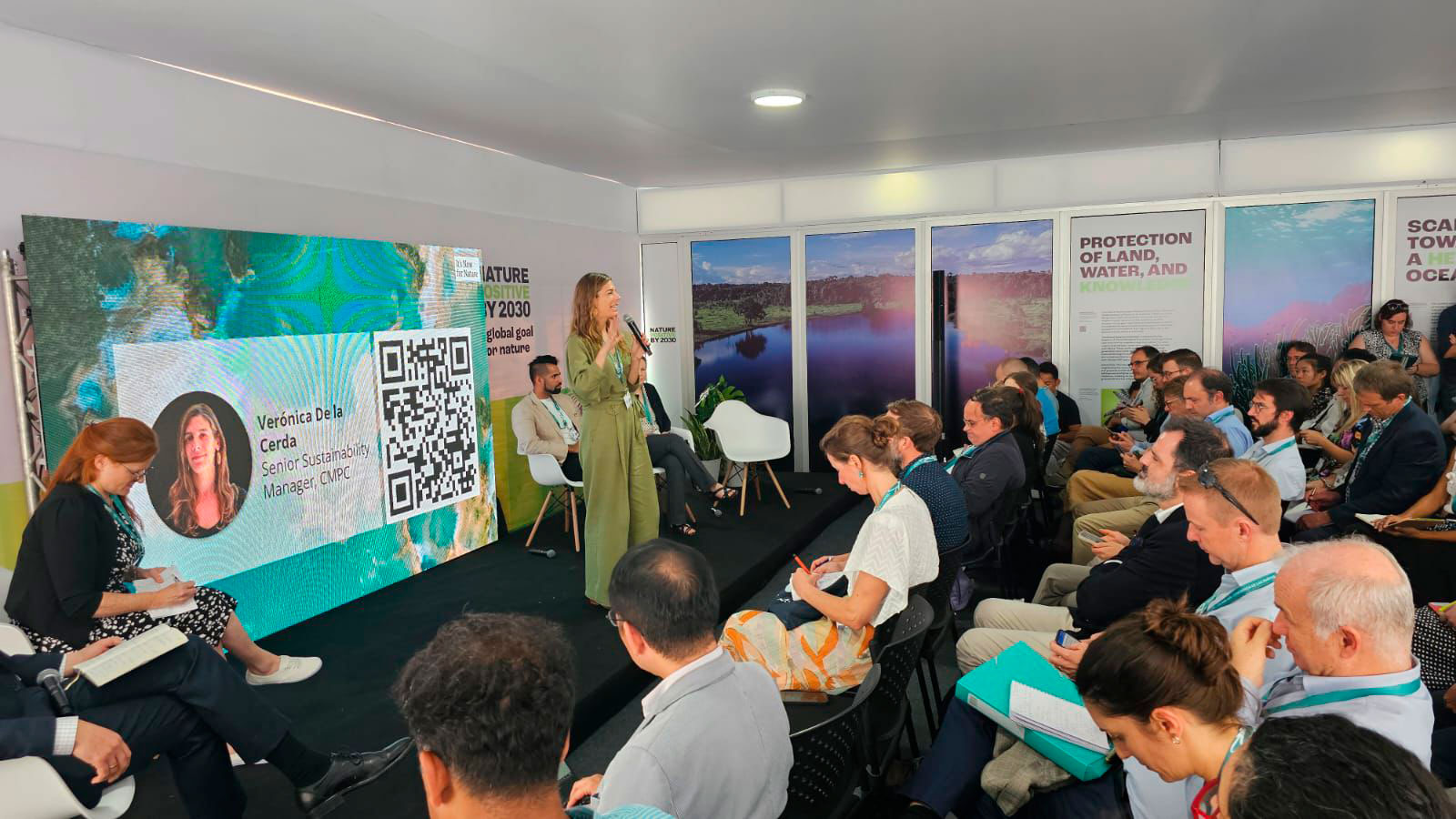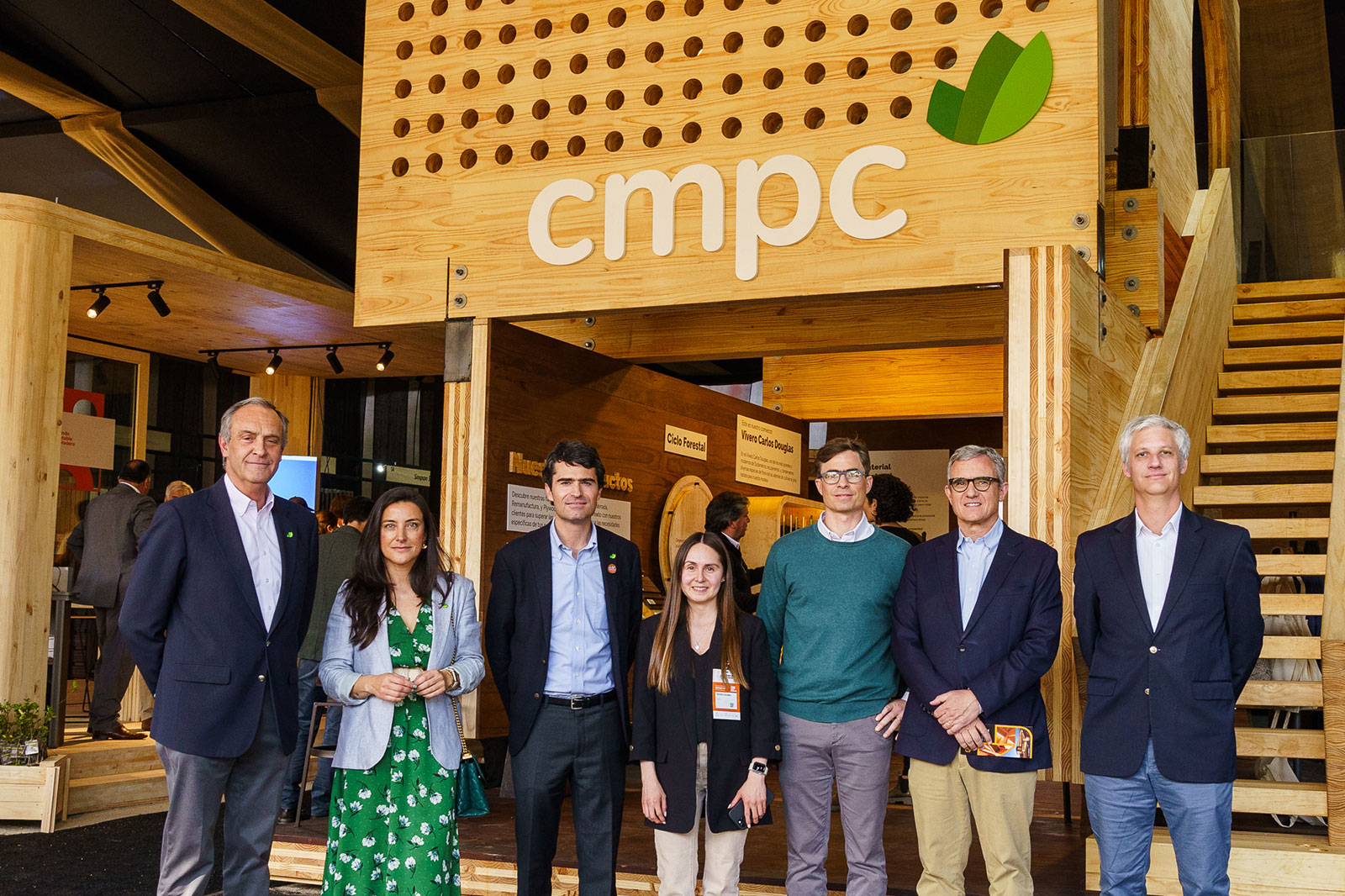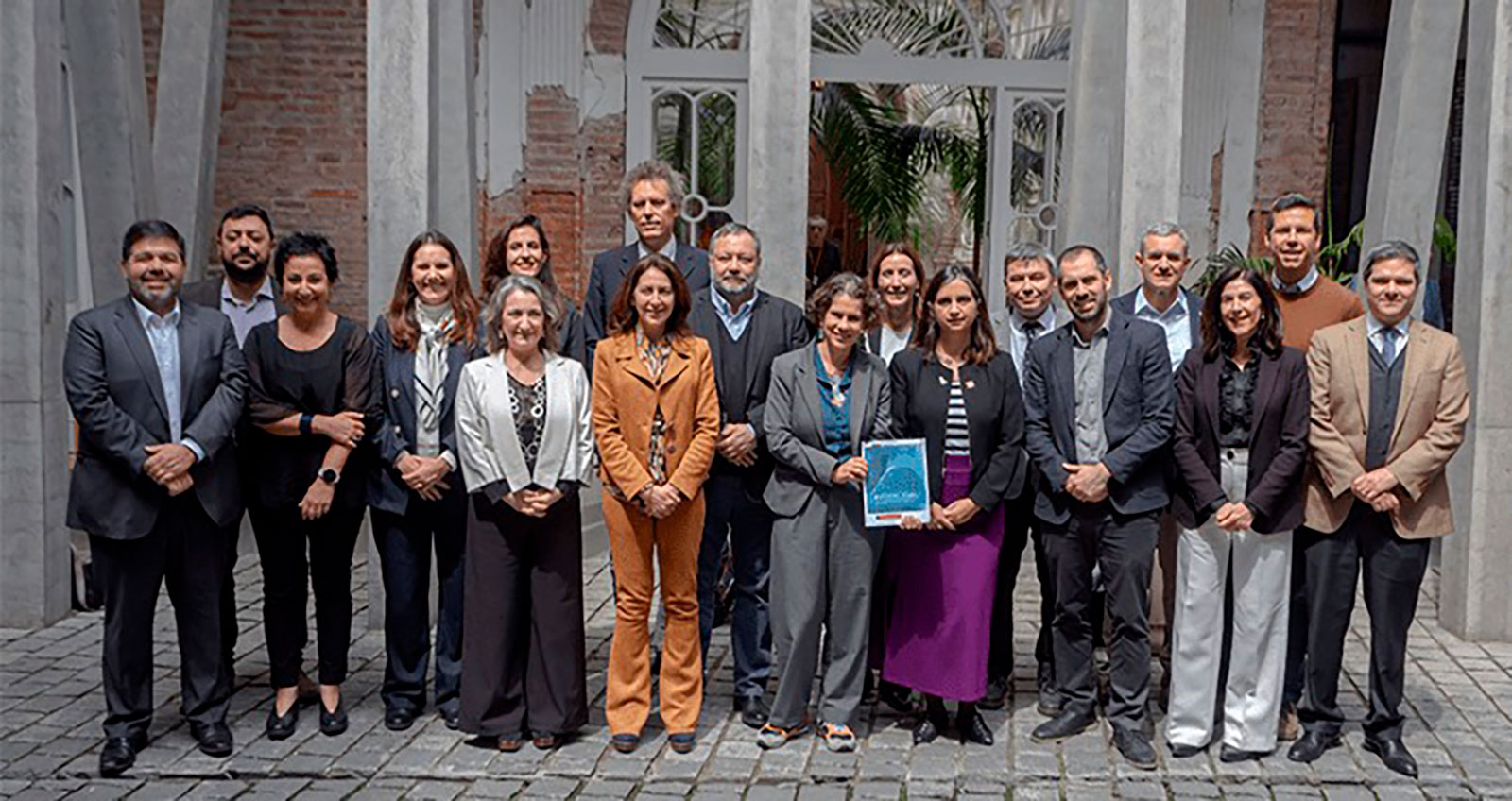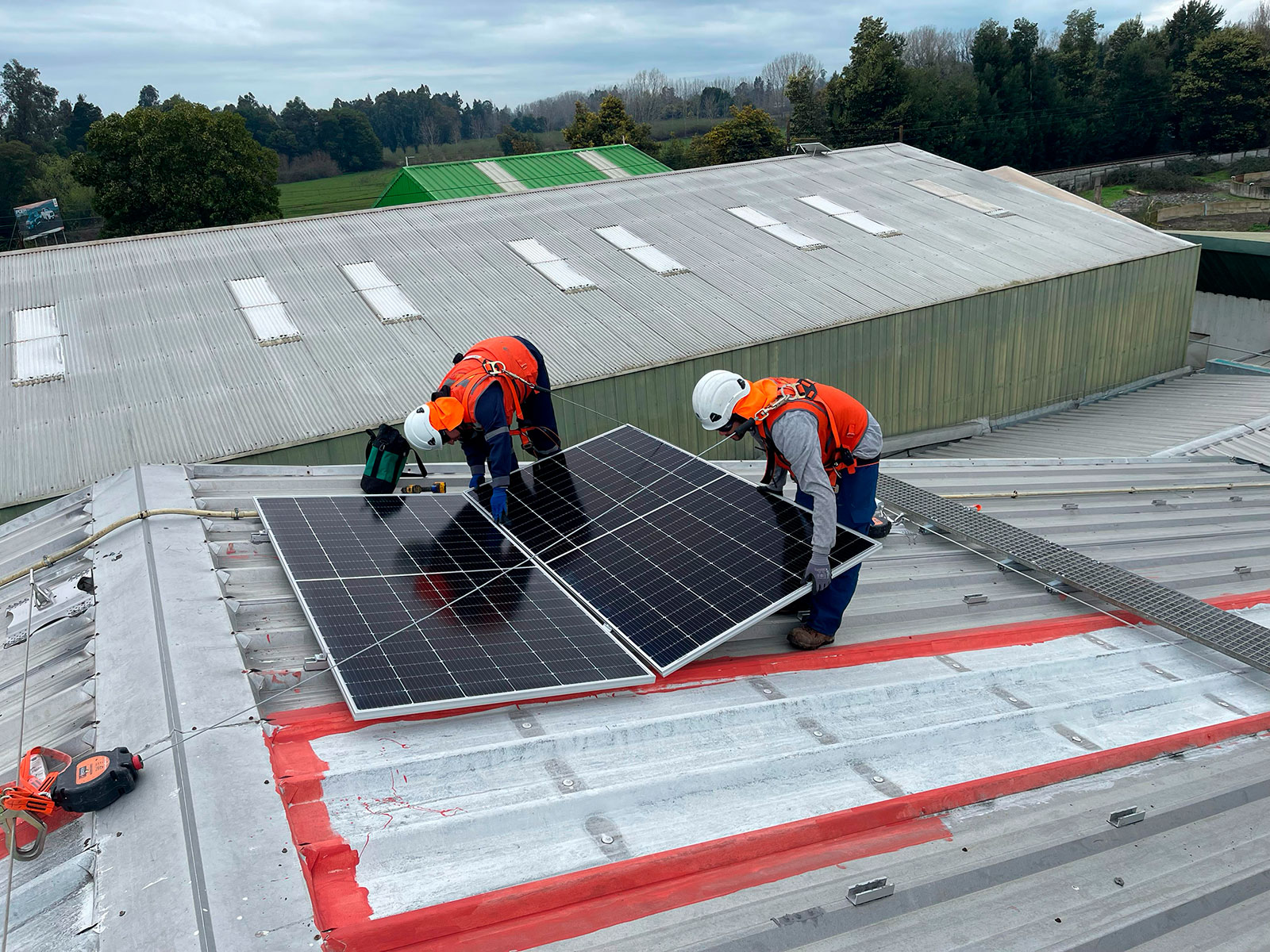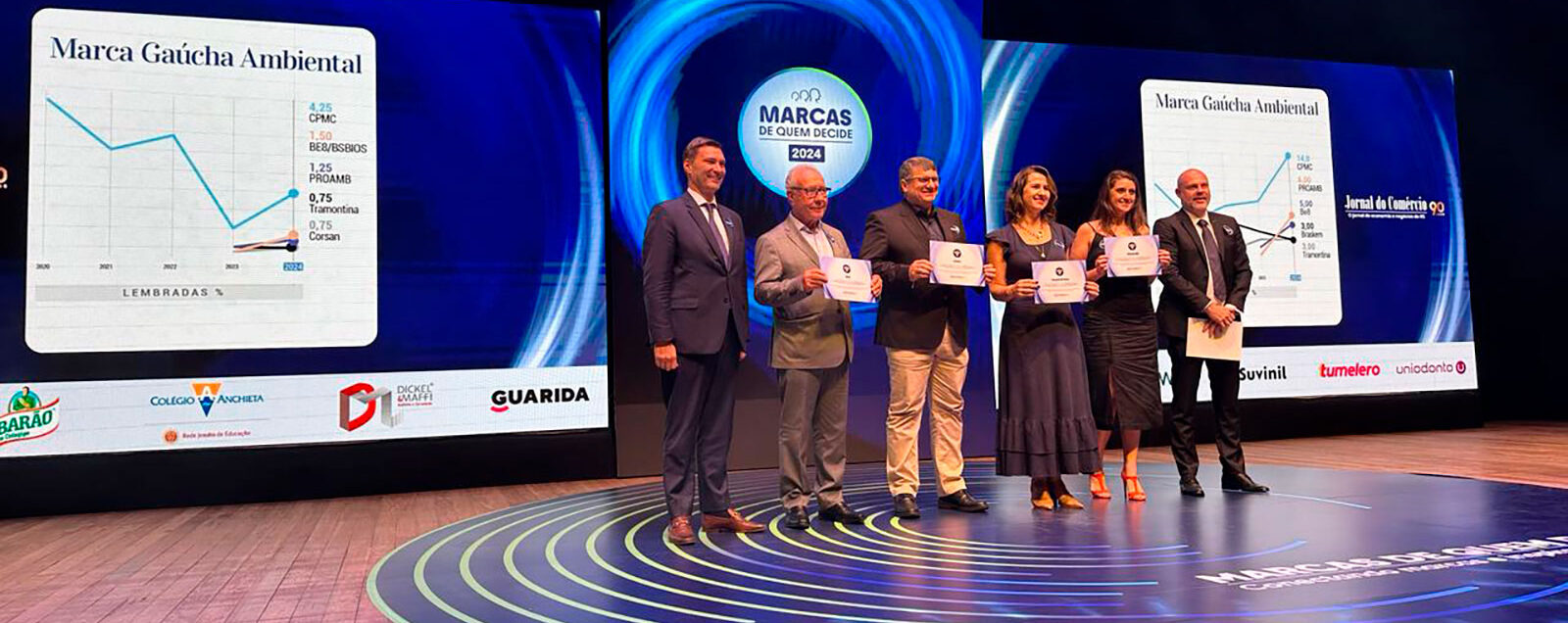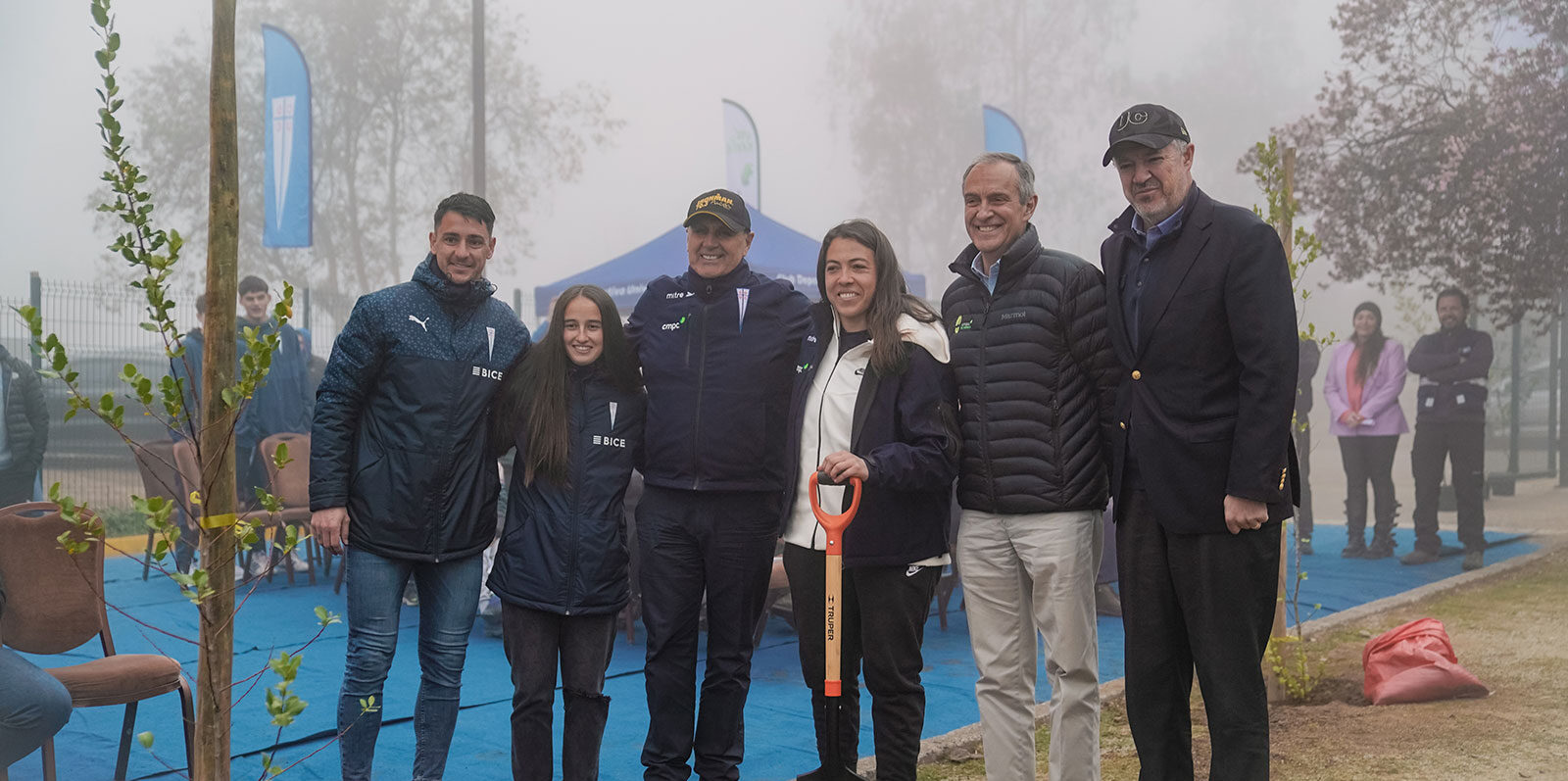
The latest milestone for the sclerophyll forest in the foothills at San Carlos de Apoquindo: Recovery plan begins
02 de September, 2024
Under the framework of the Sustainability and Reforestation Plan led by the Catholic University Sports Club, Cruzados SADP and CMPC, in a symbolic milestone of the sowing of 1,000 native species at San Carlos de Apoquindo in a bid to restore local flora, the three organizations reaffirmed their alliance as sustainability partners.
As part of its commitment to make the facilities of the Club Deportivo Universidad Católica [Catholic University Sports Club] more sustainable, in 2019 the organization set a goal to reforest the San Carlos de Apoquindo area with 10,000 native species, which would be donated by CMPC in its role as strategic allies with the Club, and also as a sustainability partner of Cruzados in the UC Stadium Modernization Project.
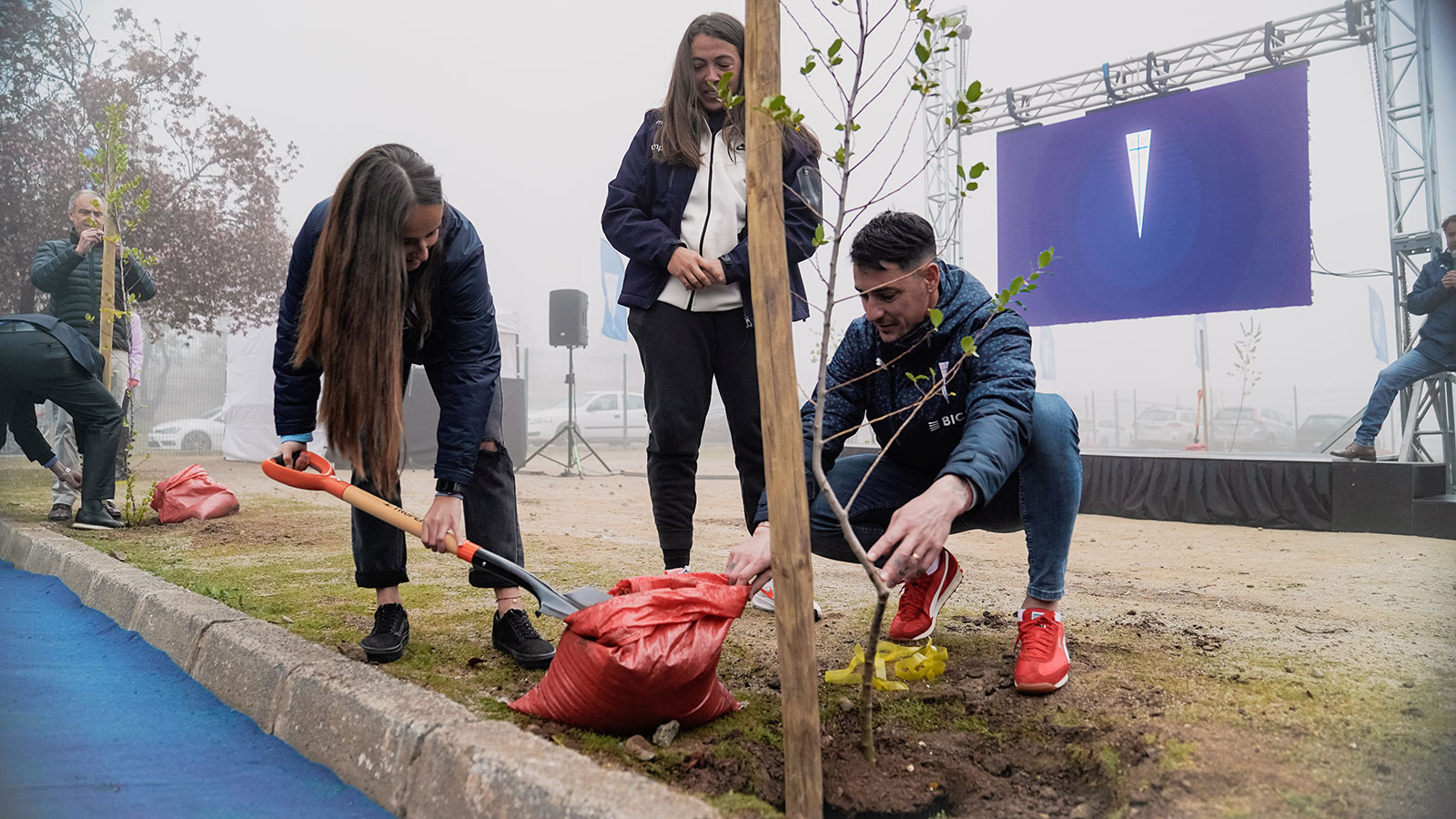
This Thursday, the group achieved a new milestone by initiating the sowing of the first 1,000 Quillay trees provided by CMPC. Those tasked with kicking off the planting session include representatives of the university club’s sports branches, the captain of the first football team, Fernando Zampedri, and the shot putter who represented Chile at the Paris 2024 Olympic Games, Ivana Gallardo, in addition to the president of the UC Sports Club, Francisco Urrejola, his counterpart from Cruzados, Juan Tagle, and the leader of CMPC, Luis Felipe Gazitua.
“The purpose of recovering this forest, home to numerous endemic species, is not only to mitigate the effects of climate change, but also to strengthen the link between athletics, the community and the environment, allowing us to get closer to being the first sustainable club in the country,” said UC Sports Club President Francisco Urrejola.
CMPC Chairman Luis Felipe Gazitúa said, “We are very proud to be the Cruzados’ sustainability partner and a strategic ally of the sports club because we believe that athletics contributes to people’s overall development. That, in addition to Cruzados’ decision to build a new stadium with more than a third of its façade made out of wood, has encouraged us to become a part of their sustainability plans.”
The native species included in the Cruzados, CDUC and CMPC partnership under the Sustainability and Reforestation Plan will help offset the emissions from the construction of the Stadium, enrich the surrounding area, and aid in pollination by planting low water consumption species all while promoting a sustainable equilibrium in the area.
A comprehensive alliance
The association of the three institutions has engaged in various initiatives focused on improving people’s quality of life by promoting athletics and environmental protection through actions such as waste collection and treatment as well as activities that address the challenges of climate change, to name a few.
Thus, the sustainability partnership between the Cruzados and CMPC inspired them to jointly create the Modernization Project for the New Stadium at the Universidad Católica. The forestry company provided all the wood required by the project, the structural beams, exterior spaces of the four facades of the building and interior spaces, such as the walls and ceilings.
Wood is the only renewable construction material available on a large scale. It offers a host of benefits, including reducing the carbon footprint. For every cubic meter of cement that is replaced by a cubic meter of wood, emissions of nearly one ton of CO2 are prevented, adding a badge of sustainability to the new facility.
“Wood is an essential element in our new stadium project for the Universidad Católica. 30% of the structure’s façade features wood, which we believe to be a superior, renewable material that supports the environment,” said Cruzados President Juan Tagle.
Additionally, CMPC and the Universidad Católica Sports Club jointly created the Fibra de Campeones [the Stuff of Champions] Program to promote athletics, to strengthen the 11 sports they offer by awarding scholarships to outstanding athletes in high-performance sports, the acquisition of technological materials, and improvements in sports infrastructure. This alliance also promotes sports in the other regions, such as clinics in southern Chile for local primary and secondary schools, universities and clubs in towns such as Los Ángeles, Nacimiento, Mininco, Temuco, and others.
